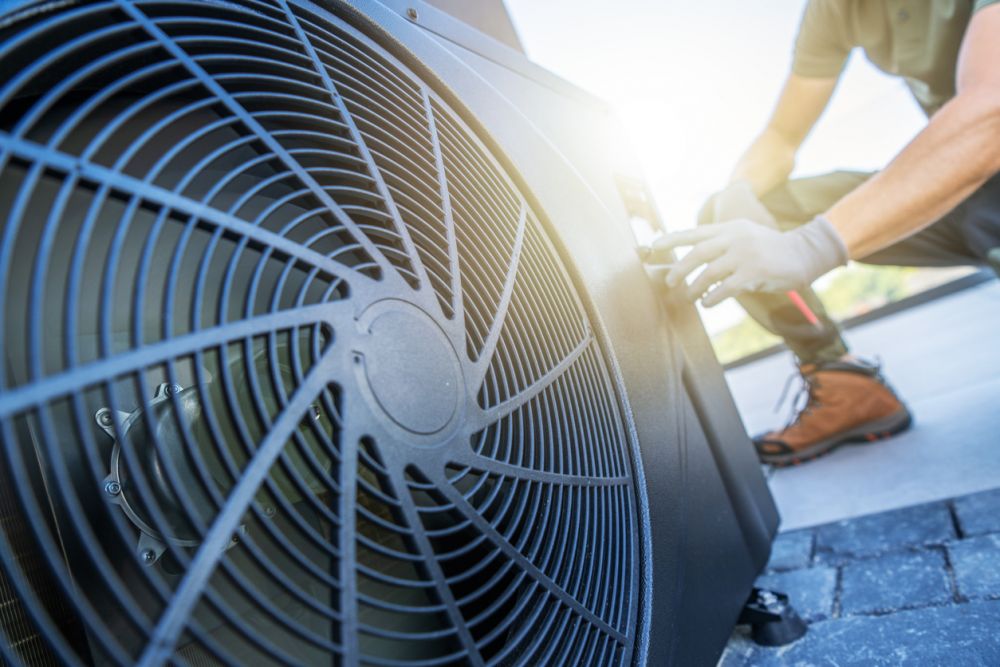Home HVAC to U.S. Grid Assets: Unlocking a New, Scalable Distributed Capacity Resource
In this article, Hakan Yilmaz, SVP & Chief Technology and Sustainability Officer at Carrier, outlines how Carrier is transforming residential HVAC systems into smart, battery-enabled energy assets that support grid stability, reduce peak demand, and empower homeowners to participate in the clean energy transition—without compromising comfort.

The U.S. electric grid is at a profound inflection point. Electrification, rapid data center growth, aging infrastructure, and extreme weather are pushing capacity to its limits. Peak demand in the U.S. is projected to rise by about 25% by 2030—nearly double the growth rate of the previous two decades. For utilities, policymakers, and communities, simply building more centralized power plants and transmission lines is no longer sustainable or sufficient.
At Carrier, we believe the solution lies in transforming how we use—and manage—energy in our homes and businesses. Traditionally, HVAC systems have been passive energy consumers, responsible for as much as 70% of a home’s peak use. But what if these systems could become active participants in the grid, helping utilities balance supply and demand, integrate renewable energy, and optimize costs? This is the vision behind Carrier Energy and our pioneering battery-enabled HVAC solution.
From Passive Load to Grid Participant
Carrier is repositioning HVAC systems as flexible, dispatchable grid assets. Our battery-enabled outdoor HVAC unit, currently under development, will become a smart, connected appliance that can store and shift energy. During off-peak hours, when electricity is typically cleaner (often midday when solar is abundant or overnight when wind is strongest), the battery will charge. When demand peaks, the system will draw on the stored energy. This will mean uninterrupted comfort for the homeowner while reducing the load on the grid.
With more than 30 million Carrier residential HVAC units already in North America, the scale of opportunity is massive. Our solution will leverage the familiar replacement cycle, making adoption easy and accessible, and could provide up to 100 gigawatts of flexible load management—equivalent to more than half of the projected increase in U.S. peak demand by 2030.
Benefits for Homeowners, Utilities, and the Grid
The power of this approach is in its simplicity and accessibility. Carrier’s solution integrates with an appliance homeowners already know and trust, reducing complexity and making participation in demand response almost invisible to the user.
For homeowners, the benefits are compelling:
- Comfort without compromise: The system keeps heating or cooling the home during grid events or peak pricing, drawing on the battery rather than ramping down or cycling off.
- Lower bills and real savings for Time-of-Use customers: By automating energy use to off-peak periods, homeowners can see tangible savings in markets with flexible energy pricing with additional benefits possible through utility rebates and demand response programs.
- Designed for familiarity and trust: Battery storage is incorporated in a product most homeowners already replace every 10 to 15 years, dramatically lowering barriers to participation in the energy transition.
Tackling the 2030 Challenge: Meeting Surging Peak Demand
The growth of electric vehicles, electrified heating, and especially data centers is rewriting the playbook for utilities. After two decades of flat demand, U.S. electricity consumption grew 2% in 2024 alone and is projected to rise 55% by 2040. The shift to evening peaks, driven by EV charging and data centers, means utilities need fast, localized flexibility to keep the lights on and costs down.
Carrier’s battery-enabled HVAC systems offer a distributed, behind-the-meter resource. By aggregating thousands—or millions—of these systems through virtual power plants, utilities can tap into dispatchable, localized capacity to shift peaks, reduce expensive upgrades, and better integrate renewables. Our integrated Home Energy Management System (HEMS) will automate this process by charging the battery during off-peak hours and using stored energy during the periods of peak demand, ensuring comfort for homeowners with no extra effort required.
Overcoming Barriers to Scale
Scaling this transformation comes with challenges:
- Consumer engagement: Many homeowners are unfamiliar with flexible load management or wary of new technologies. Carrier’s approach—introducing batteries into the existing HVAC replacement cycle and leveraging our trusted brand—reduces friction and builds on established behaviors.
- Coordination with utilities and infrastructure: Unlocking full potential requires partnerships with utility demand response programs, time-of-use pricing, and grid interoperability. Carrier is actively collaborating with utilities to ensure our solutions meet emerging grid needs and regulatory frameworks.
- Technical complexity: Designing a system that is reliable and simple to use—without asking homeowners to become energy experts—is core to our philosophy. Our solution will operate autonomously, using smart controls to optimize comfort and grid benefits.
A Vision for the Future—And Carrier’s Commitment
Looking ahead, the opportunity is clear: By transforming HVAC systems into smart, grid-responsive assets, we can deliver real solutions to some of the biggest energy challenges of our time—all without sacrificing comfort to homeowners.
This work sits at the heart of Carrier’s vision to be the global leader in intelligent climate and energy solutions. We are advancing technology and fulfilling our purpose: enhancing the lives we live and the world we share. Carrier is committed to driving this transformation, partnering across the energy ecosystem, and delivering innovative, scalable solutions that make a difference for customers, communities, and the planet.
It is time to unlock the full potential of the world’s homes—starting with the systems that keep us comfortable every day.






